iFrogz Impulse Duo Dual Driver Wireless Bluetooth headphones Review
 It’s always nice to be pleasantly surprised by a product. I had the opportunity to play around with the iFrogz Impulse Duo dual driver wireless Bluetooth headphones (not an easy title to get your tongue around). At around £39, these are on the lower end of the pricing spectrum and I am generally wary of companies that start with a small “i” and swap “s” for “z”, so it’s fair to say that expectations were not exactly high.
It’s always nice to be pleasantly surprised by a product. I had the opportunity to play around with the iFrogz Impulse Duo dual driver wireless Bluetooth headphones (not an easy title to get your tongue around). At around £39, these are on the lower end of the pricing spectrum and I am generally wary of companies that start with a small “i” and swap “s” for “z”, so it’s fair to say that expectations were not exactly high.
The headphones were nicely presented in a simple but elegant box and slip cover that does what it needs to do without going overboard. There is no pouch or case included, but you do get 3 sizes of tips. The actual ear pieces are pretty funky looking thanks to the dual 6mm drivers and an unusual mix of materials and textures – they certainly don’t look like regular headphones. Despite the slightly odd shape, they are actually pretty comfortable to wear, although there is a small nub on one side which can sometimes be a little irritating.
The earpieces are connected to a small control unit which features a nifty magnetic retention clip, so you can wind the cables around it for neat storage when not in use. The unit houses the battery, Bluetooth system microphone for call handling and offers 3 control buttons. The two volume buttons double as track forward and back controls if you long press them and the centre button activates the play/pause, call answer, power on/off and paring functions depending on how long you hold it for. Simple, but effective. The buttons are quite big, but they do need some deliberate pressure to push them, so accidental activation is not much of an issue. In use, the remote dangles from the earpieces, threatening to pull them out, so you will need to attach it to your clothing. The problem is that the cables are only about 35cm long, so it will need to be clipped to something quite close to your head. The magnetic clip does a decent job at this, although I don’t think it’s quite as good as a traditional clip and there may be a bit of an issue if you don’t have anything to attach it too (so no super tight muscle shirts or boob tubes!).
The box claims a battery life of up to 10 hours and the unit is charged by a micro USB cable (supplied). This is often difficult to verify as you are rarely listening to them constantly for such a long period of time, but in testing, they certainly did seem to hold a charge for a considerable amount of time. When powered on, there is a blue indicator light which blinks periodically. I quickly learned to hate this light, and if you listen to music in bed at night, you will learn to loathe it too. It more closely resembles an emergency distress beacon than an indicator – that thing is bright! The cables are fairly short too, so it’s always going to be close to your head and is almost impossible to ignore. I was almost reaching for the duct tape but ended up finding a small pouch to put it in just to hide it. Yes, it’s that annoying! Not so much an issue during the day of course.
The sound from the iFrogz is what surprised me the most. For the price point, I expected a flat and tinny sound, but thankfully that is far from the case. Sure, they do not have the dynamic range of some of the competition, but I feel that they do punch above their weight. The first thing you will notice is that they are quite bass heavy. This is great for some musical genres, but with others, the mids and highs can seem overwhelmed by the booming resonant bass tones. One of my regular go to testing tracks is “It Won’t Be Long” by Super Collider as it is exceptional for testing tonal balance, bass response/distortion and seeing how much detail is retained. The iFrogz handled it well and did not distort too noticeably at the really low levels, but you could notice the flattening of the upper frequencies. But for £39, this is more than acceptable.
The other aspect it really liked about the iFrogz was when I fired up Youtube and was immediately impressed that there was no noticeable lag time. The sound was well in sync with the visual, something that is often an Achilles heel of Bluetooth headphones, particularly at the cheaper end of the market.
So, good battery life, comfortable, decent sound and under £40, if you want something cheap and functional, it’s hard to knock these.





















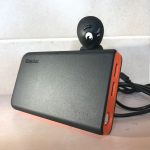



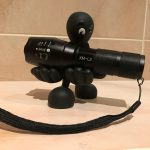











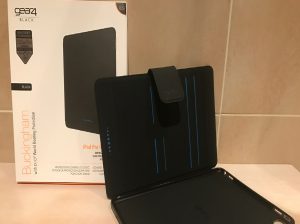
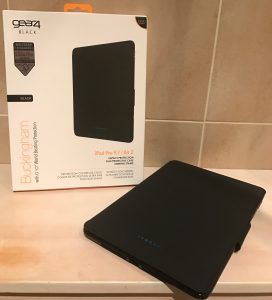
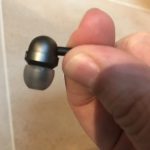




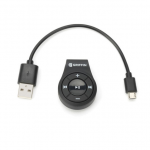


Connect
Connect with us on the following social media platforms.